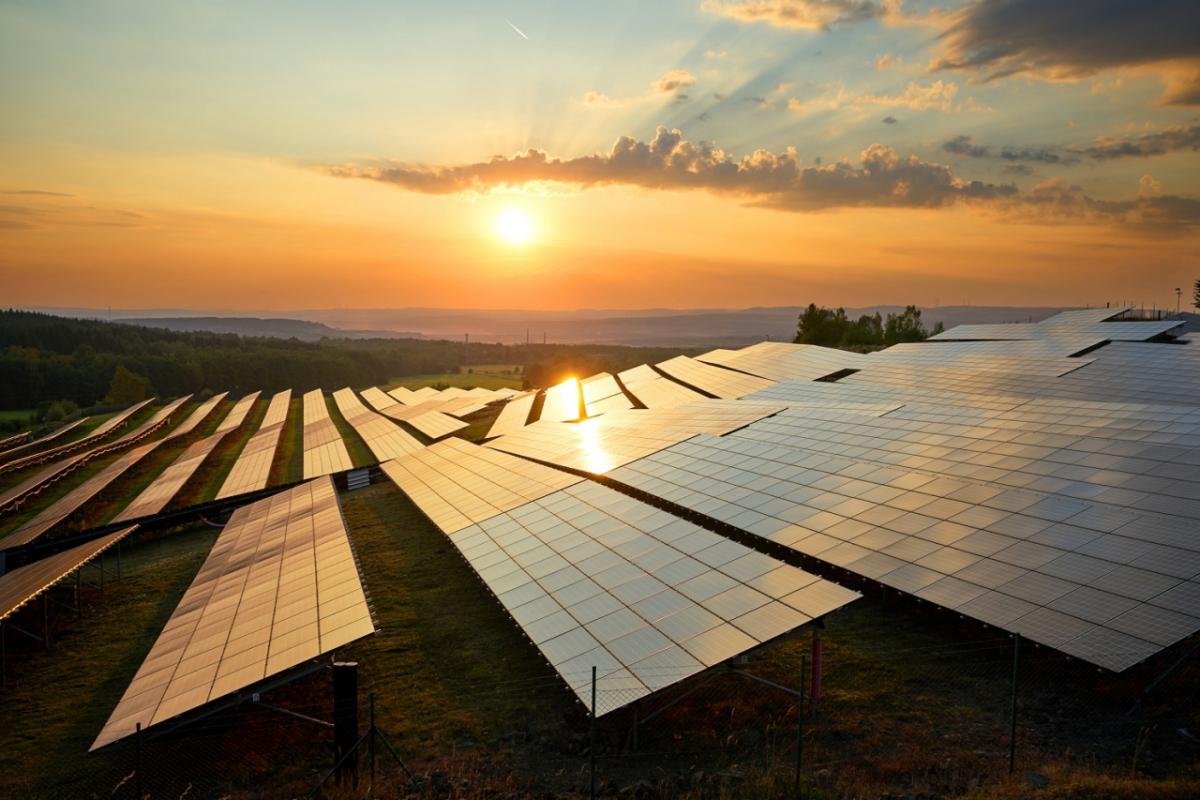Secure. Affordable. Responsible. With Renewables, Have All 3

Global institutions today face what is known as the energy “trilemma”—the need to balance energy security with energy that is both affordable and environmentally responsible. The U.S. Energy Information Administration (EIA) currently projects that world energy consumption will increase 28% by 2040. Simultaneously, the energy delivery system around the world is expected to undergo massive disruption in the forms of decentralization, digitization, and decarbonization.
Futureproofing energy supply has become a predominant goal for managing risk and resilience for a majority of companies.
An enormous opportunity exists for organizations with distributed energy load to act by acquiring renewables. While there has been some activity in this space—primarily from retailers—there is still plenty of opportunity for others with a broad consumption footprint.
Why Renewables, Why Now?
Until recently, commercial and industrial (C&I) buyers were confined to few choices when it came to their energy supply. However, global deregulation (which creates free market competition in the energy space), falling technology costs and governmental subsidization have helped renewable energy sources such as wind power and solar power reach price-parity in many markets. In 2017, solar power prices surpassed conventional fuel prices in over 60 emerging economies. The dramatic decline in price for these technologies has resulted in a massive surge in demand in both the wholesale and retail markets.
While renewable energy has been available for commercial purchase for decades, the striking difference in today’s market is the number of choices available to C&I buyers. Whether relying on traditional, affordable energy attribute certificates (EACs)—such as renewable energy credits (RECs) in North America or Guarantees of Origin (GOs) in Europe—purchasing green power from a utility in the form of a green tariff or exploring investment in an onsite system or offsite power purchase agreement, today’s C&I buyer can use renewables to achieve multiple goals. These include diversifying the company’s energy portfolio, hedging against future fuel price increases, reducing carbon emissions, and improving air quality and stimulating job creation in the geographies where they deploy renewable and other clean technologies.
Where, When & How to Begin
For many companies, the difficult first step when it comes to renewable energy purchasing is deciding where, when, and how to begin, particularly considering the growing complexity of this increasingly global industry.
A good first place for any business to begin is with a strategy. Start with the end in mind—identify what will be achieved by implementing renewable energy. Is the goal to save money? Hedge against future power prices? Meet environmental targets?
The answer to these questions, and the checklist below, will drive decision-making in the purchasing process.
- What are the overall targets the company is trying to reach—and what are the markers of success?
- Is the purchase of renewable energy intended to reach environmental goals, financial goals or both?
- Is material leadership, like additionality, an important consideration for the company?
- What are competitors doing? Is there pressure from any NGOs or consumer groups?
- What types of claims does the company hope to achieve with its purchase?
- Does the company have reporting or disclosure restrictions or requirements?
- Is there CAPEX available to spend—or will the purchase need to be financially-neutral?
- How important are the optics of any purchase for stakeholder engagement reasons?
- What is the company’s credit standing and tolerance for long-term contracts?
- Is there existing executive support, or will executive engagement be a potential barrier?
- What is the organization’s typical appetite for risk?
Learn more about the challenges your company may face and how renewable energy can help alleviate them in our paper, Meeting the Energy Trilemma with Renewables

